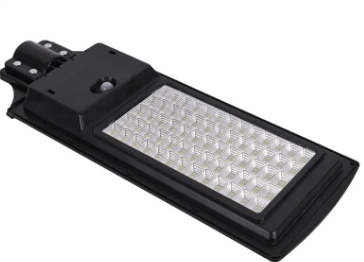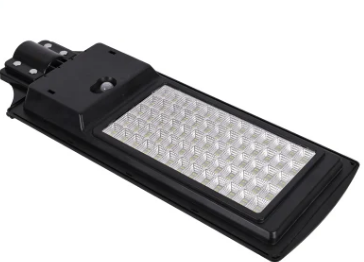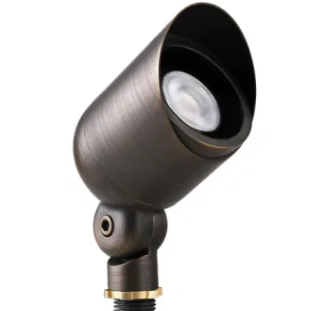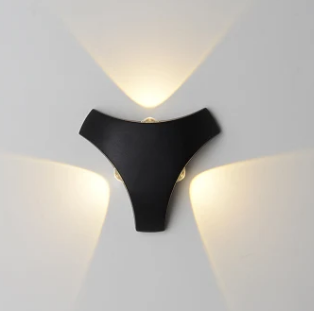Outdoor Road Wall Integrated Solar System Battery Energy Lamp Panel
It seems you're describing an integrated solar-powered outdoor lighting system designed for roads and walls. These systems are designed to use solar panels to harness energy from the sun, store it in batteries, and use that stored energy to power lamps for lighting. Here's a breakdown of the......
Send Inquiry
Product Description
It seems you're describing an integrated solar-powered outdoor lighting system designed for roads and walls. These systems are designed to use solar panels to harness energy from the sun, store it in batteries, and use that stored energy to power lamps for lighting. Here's a breakdown of the components and their functions:
1. Solar Panel:The solar panel is responsible for capturing sunlight and converting it into electrical energy. It typically consists of multiple photovoltaic cells that generate direct current (DC) electricity when exposed to sunlight.
2. Battery Storage:The generated solar energy is stored in rechargeable batteries. These batteries are charged during the day when the sun is shining and provide power during the night or when sunlight is insufficient. The capacity of the batteries determines how long the lights can operate after sunset.
3. LED Lamp:The LED lamp is the light source of the system. LED technology is used due to its energy efficiency and longer lifespan compared to traditional lighting technologies. LEDs can provide bright illumination using a relatively small amount of energy.
4. Wall Mounting or Pole Installation:The lighting fixture can be designed for either wall mounting or pole installation, depending on its intended use. For road lighting, pole installation is common, while wall mounting is suitable for illuminating walls, entrances, or pathways.
5. Energy Management and Controls:Integrated solar lighting systems often include controls to manage energy usage and lighting operation. These controls may include light sensors (photocells) to automatically turn the lights on at dusk and off at dawn, as well as motion sensors to increase brightness when motion is detected.
Benefits of Integrated Solar Outdoor Lighting:
Energy Efficiency: Solar-powered systems use clean and renewable energy, reducing the reliance on grid power and lowering energy costs.
Environmental Impact: Solar lighting reduces carbon emissions and environmental impact by using renewable energy sources.
Independence: Solar-powered systems are self-sufficient and don't require a constant connection to the grid, making them suitable for remote or off-grid areas.
Low Maintenance: LED lights have a longer lifespan and require less maintenance compared to traditional lighting sources.
Reduced Infrastructure: Solar lighting systems don't require extensive trenching and cabling, reducing installation costs and disruptions to the landscape.
Safety: Well-lit roads, pathways, and outdoor areas enhance safety and security for pedestrians and vehicles.
When considering such a system, it's important to ensure proper design, sizing, and installation to meet the lighting requirements of the area. Factors such as solar panel efficiency, battery capacity, and light distribution should be taken into account. Consulting with professionals experienced in solar lighting systems is recommended to ensure a successful implementation.
It seems you're describing an integrated solar-powered outdoor lighting system designed for roads and walls. These systems are designed to use solar panels to harness energy from the sun, store it in batteries, and use that stored energy to power lamps for lighting. Here's a breakdown of the components and their functions:
1. Solar Panel:The solar panel is responsible for capturing sunlight and converting it into electrical energy. It typically consists of multiple photovoltaic cells that generate direct current (DC) electricity when exposed to sunlight.
2. Battery Storage:The generated solar energy is stored in rechargeable batteries. These batteries are charged during the day when the sun is shining and provide power during the night or when sunlight is insufficient. The capacity of the batteries determines how long the lights can operate after sunset.
3. LED Lamp:The LED lamp is the light source of the system. LED technology is used due to its energy efficiency and longer lifespan compared to traditional lighting technologies. LEDs can provide bright illumination using a relatively small amount of energy.
4. Wall Mounting or Pole Installation:The lighting fixture can be designed for either wall mounting or pole installation, depending on its intended use. For road lighting, pole installation is common, while wall mounting is suitable for illuminating walls, entrances, or pathways.
5. Energy Management and Controls:Integrated solar lighting systems often include controls to manage energy usage and lighting operation. These controls may include light sensors (photocells) to automatically turn the lights on at dusk and off at dawn, as well as motion sensors to increase brightness when motion is detected.
Benefits of Integrated Solar Outdoor Lighting:
Energy Efficiency: Solar-powered systems use clean and renewable energy, reducing the reliance on grid power and lowering energy costs.
Environmental Impact: Solar lighting reduces carbon emissions and environmental impact by using renewable energy sources.
Independence: Solar-powered systems are self-sufficient and don't require a constant connection to the grid, making them suitable for remote or off-grid areas.
Low Maintenance: LED lights have a longer lifespan and require less maintenance compared to traditional lighting sources.
Reduced Infrastructure: Solar lighting systems don't require extensive trenching and cabling, reducing installation costs and disruptions to the landscape.
Safety: Well-lit roads, pathways, and outdoor areas enhance safety and security for pedestrians and vehicles.
When considering such a system, it's important to ensure proper design, sizing, and installation to meet the lighting requirements of the area. Factors such as solar panel efficiency, battery capacity, and light distribution should be taken into account. Consulting with professionals experienced in solar lighting systems is recommended to ensure a successful implementation.










